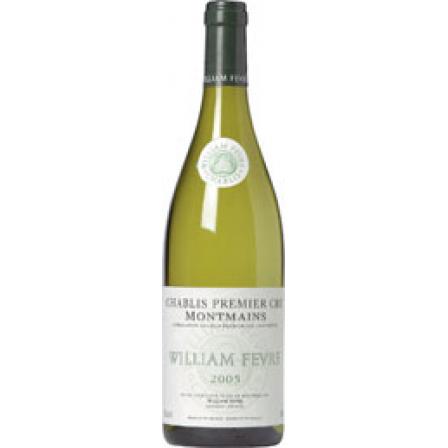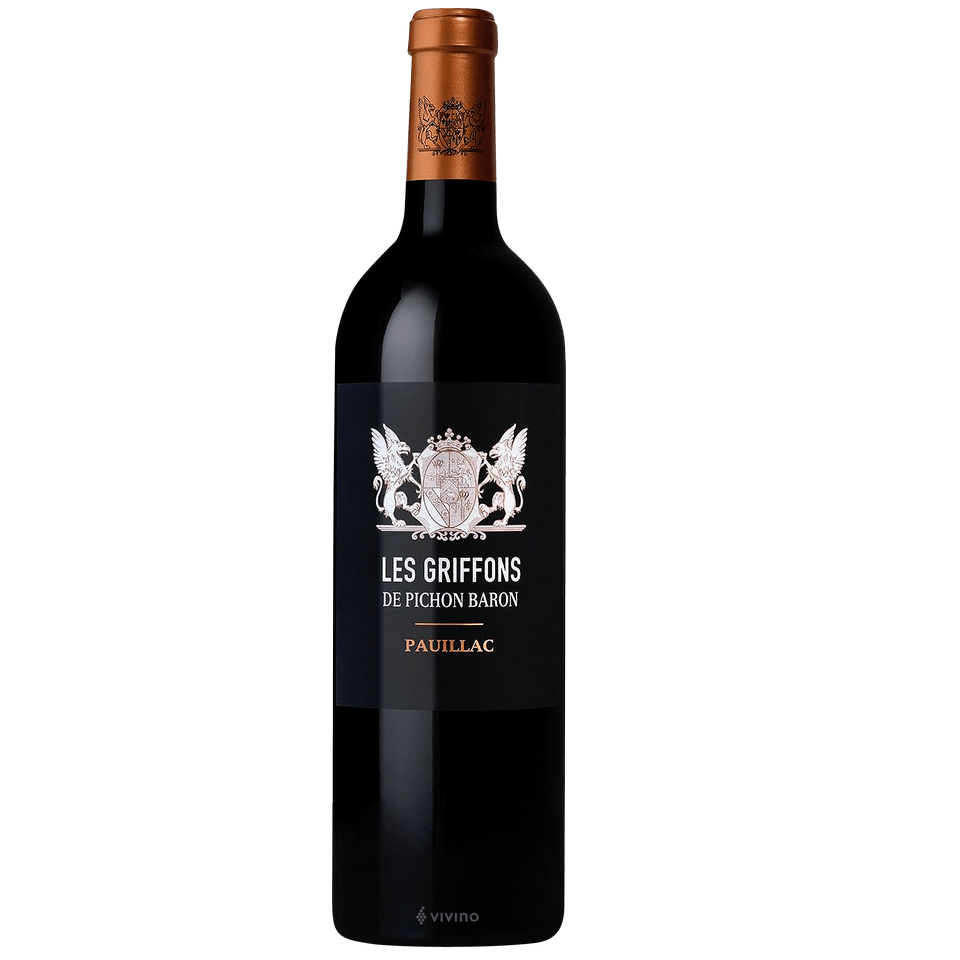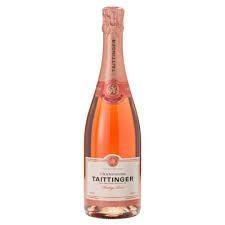2018 William Fevre Chablis Vaulorent
2018 William Fevre Chablis Vaulorent Powerful nose, combining aromas of citrus and white-fleshed fruit with a mineral note typical of the appellation. Rich and concentrated, the palate has remarkable freshness and length.
94 Robert Parker: As usual, the 2018 Chablis 1er Cru Vaulorent is one of the finest premiers crus in the cellar, delivering an incipiently complex bouquet of fresh peach, crisp green orchard fruit, dried white flowers, smoke and oyster shell. Medium to full-bodied, satiny and complete, it’s layered and multidimensional, with fine depth at the core, racy acids and a long, penetrating finish.
Chardonnay
Chardonnay is the world’s most famous white-wine grape and also one of the most widely planted. Although the most highly regarded expressions of the variety are those from Burgundy and California, many high-quality examples are made in Italy, Australia, New Zealand and parts of South America. Describing the flavors of Chardonnay is not easy. While many Chardonnay wines have high aromatic complexity, this is usually due to winemaking techniques (particularly the use of oak) rather than the variety’s intrinsic qualities. Malolactic fermentation gives distinctive buttery aromas. Fermentation and/or maturation in oak barrels contributes notes of vanilla, smoke and hints of sweet spices such as clove and cinnamon. Extended lees contact while in barrel imparts biscuity, doughy flavors.
Because of this high level of winemaker involvement, Chardonnay has become known as the “”winemaker’s wine””. The variety itself (although often said to be relatively flavor-neutral) is responsible for most of the fruity flavors found in Chardonnay wines. These range from the tropical (banana, melon, pineapple and guava) to stonefruits (peach, nectarine and apricot), citrus and apples. Climate plays a major role in dictating which fruit flavors a Chardonnay will have. Broadly speaking, warm regions such as California, Chile and much of Australia tend to give more tropical styles. Temperate zones such as southern Burgundy or northern New Zealand create wines marked out by stonefruit notes.
The very coolest Chardonnay vineyards (those in Chablis, Champagne and Germany) lean towards green-apple aromas. Mineral descriptors such as chalk, wet stones and crushed seashells also find their way into Chardonnay tasting notes. These are sometimes attributed to the soils in the vineyard, although the relationship between soil and wine flavor has become widely exaggerated. The most famously minerally Chardonnay wines are those of Chablis, one of the very few wine regions to focus on a largely unoaked style of Chardonnay. Although most famous for its still, dry wines, Chardonnay is used to produce an impressively diverse range of wine styles.
Related products
Wines!
Save 46% 95pts Decanter 94pts Suckling 93pts Parker’s WA Drinks Like Silver Oak
Wines!
SAVE 36% 98pts Andrew Jeffords Decanter
95 Jeb Dunnuck | 93 James Suckling | 95 Robert Parker's
Wines!
92pts Parker 93pts Vinous Save 40%






